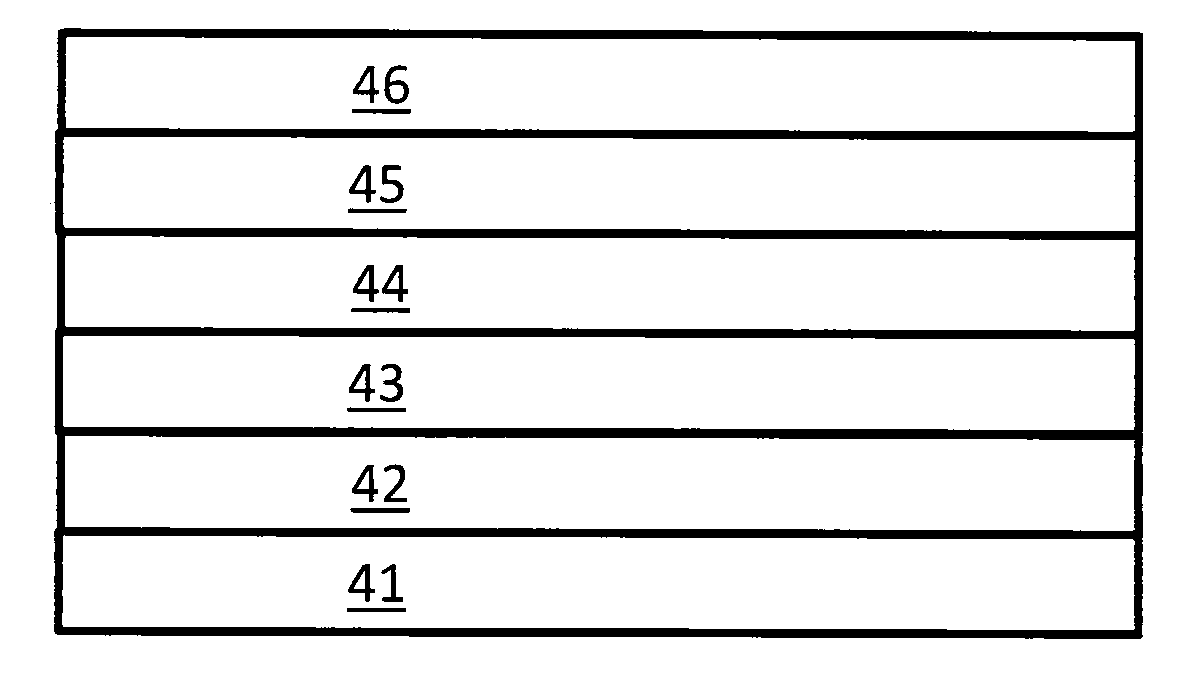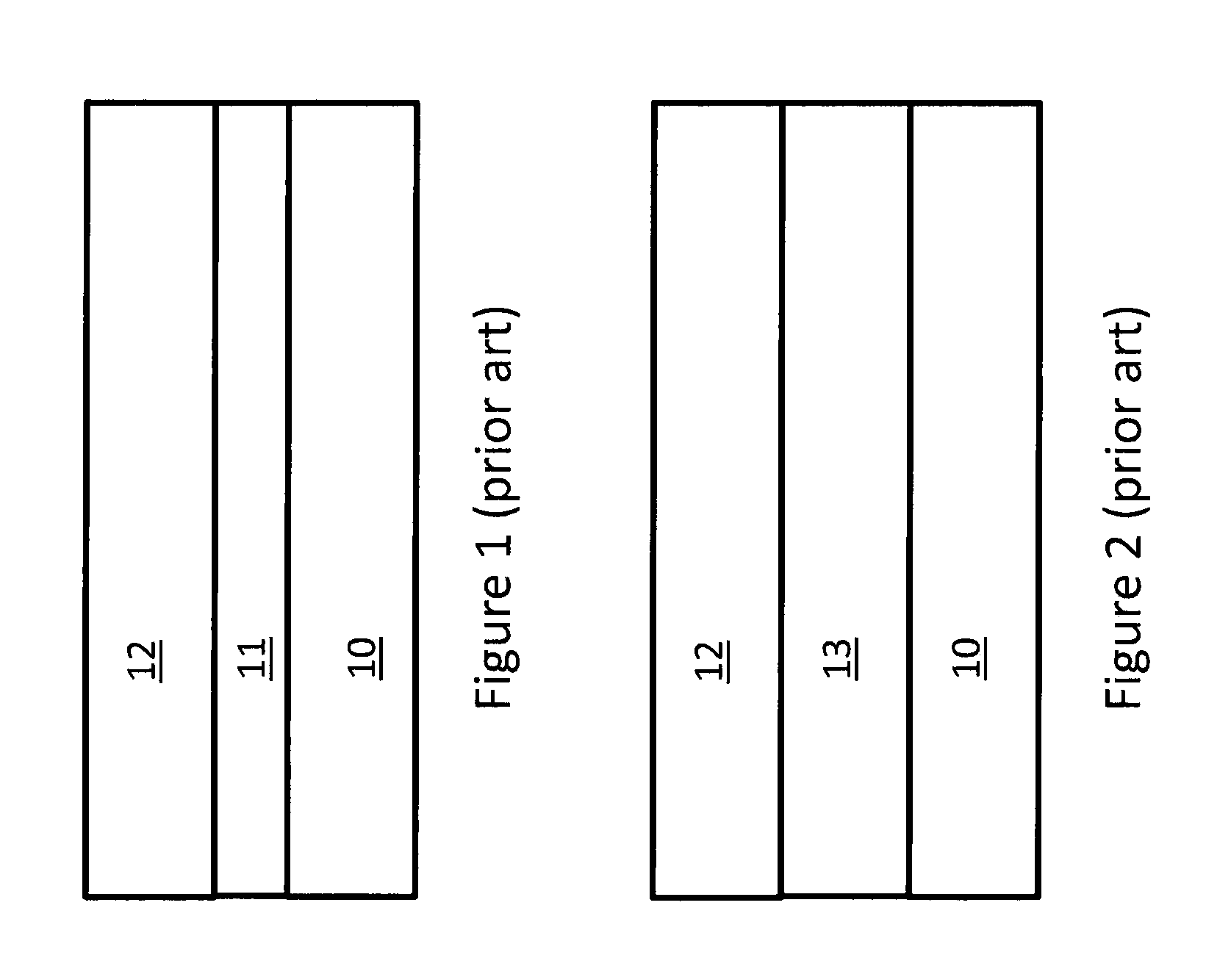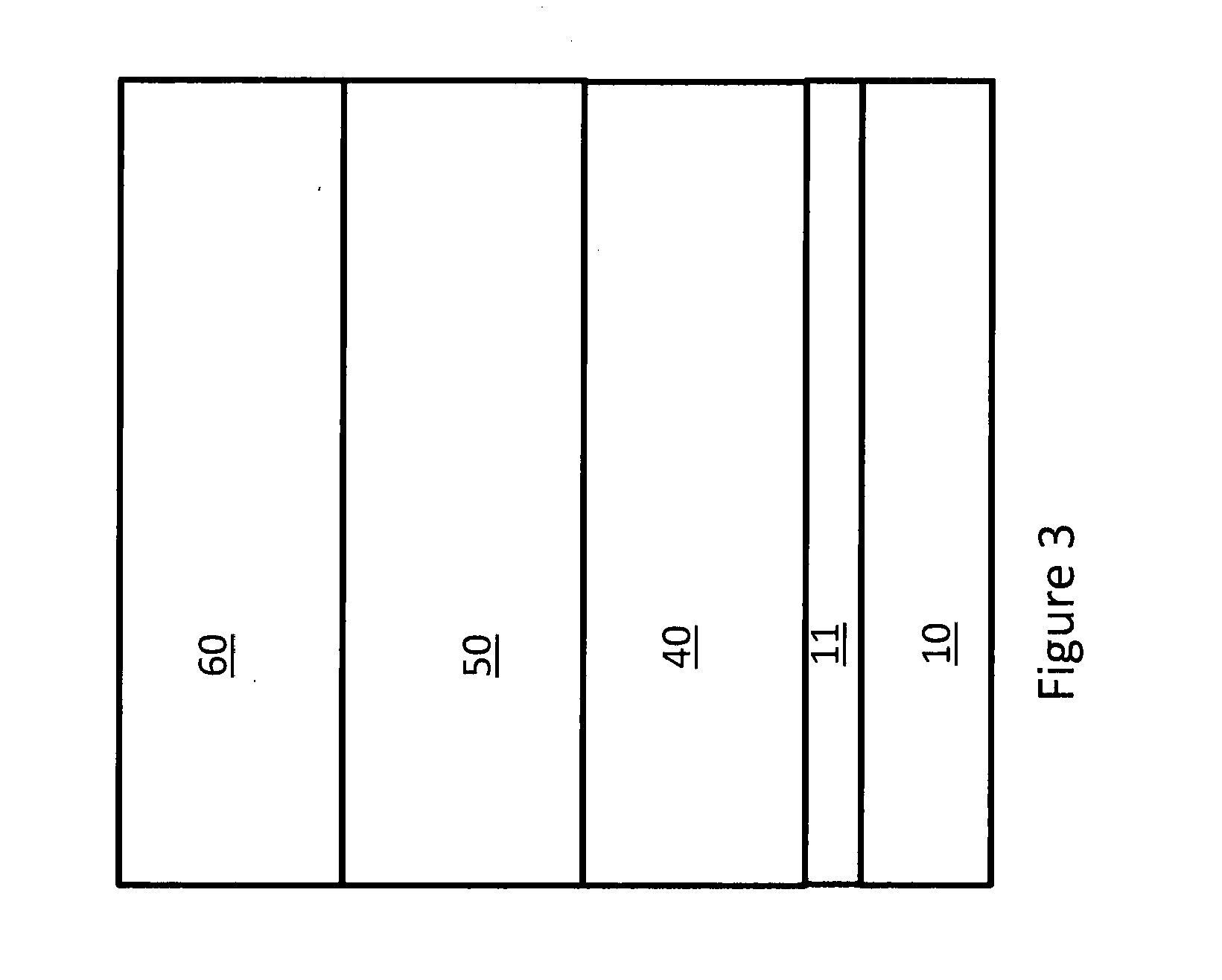Layer structures for controlling stress of heteroepitaxially grown iii-nitride layers
a technology of iiinitride and heteroepitaxial growth, which is applied in the direction of basic electric elements, electrical equipment, semiconductor devices, etc., can solve the problems of iii-n epitaxial net tensile stress, cracking of the layers, and difficult to achieve thick iii-n layers on silicon substrates that are crack-free and exhibit adequate structural quality
- Summary
- Abstract
- Description
- Claims
- Application Information
AI Technical Summary
Benefits of technology
Problems solved by technology
Method used
Image
Examples
Embodiment Construction
[0015]Devices formed by layer structures that include or are formed of III-N semiconductor layers, such as GaN and its alloys, grown atop foreign substrates, (i.e., substrates that differ substantially in composition and / or lattice structure from that of the deposited layers), such as silicon (Si), silicon carbide (SiC), or sapphire (Al2O3), are described herein. As used herein, the terms III-Nitride or III-N materials, layers or devices refer to a material or device comprised of a compound semiconductor material according to the stoichiometric formula AlxInyGazN, where x+y+z is about 1. Here, x, y, and z are compositions of Al, In and Ga, respectively.
[0016]FIG. 3 shows a layer structure formed of layers of III-Nitride semiconductor materials on a foreign substrate 10, such as silicon. The layer structure includes silicon substrate 10, a III-N buffer layer 11, such as AlN, atop substrate 10, a first III-N structure 40 atop buffer layer 11, a second III-N structure 50 atop the first...
PUM
 Login to View More
Login to View More Abstract
Description
Claims
Application Information
 Login to View More
Login to View More - R&D
- Intellectual Property
- Life Sciences
- Materials
- Tech Scout
- Unparalleled Data Quality
- Higher Quality Content
- 60% Fewer Hallucinations
Browse by: Latest US Patents, China's latest patents, Technical Efficacy Thesaurus, Application Domain, Technology Topic, Popular Technical Reports.
© 2025 PatSnap. All rights reserved.Legal|Privacy policy|Modern Slavery Act Transparency Statement|Sitemap|About US| Contact US: help@patsnap.com



